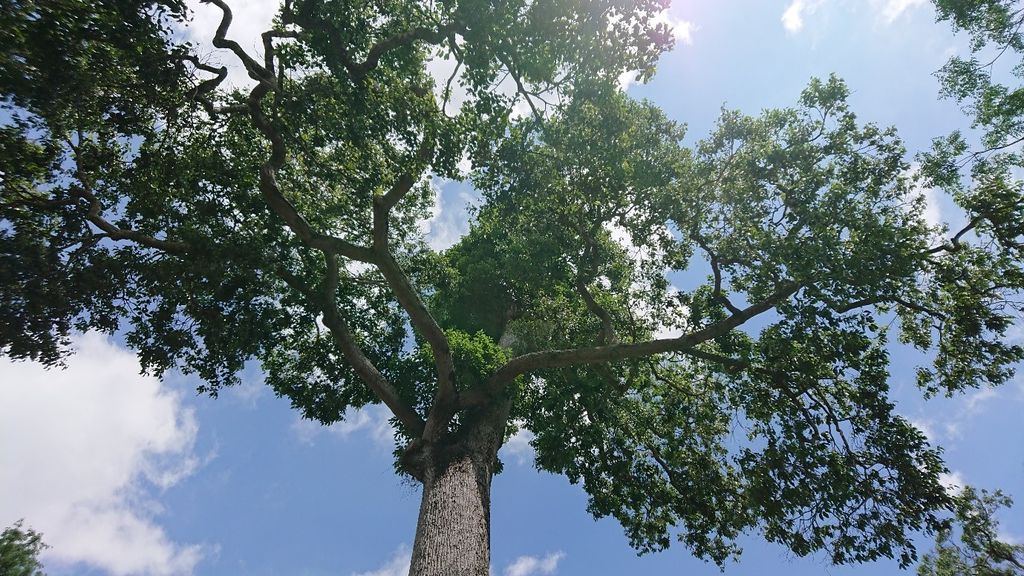Workshop on the Global Trees Assessment in the Philippines
-
Country
Philippines -
Region
Asia -
Programme
Global Tree Assessment -
Workstream
Sharing Knowledge and Resources -
Topic
Tree Conservation -
Type
Blog -
Source
BGCI
Since the beginning of 2019, BGCI has been expanding the Global Tree Assessment (GTA), our initiative to have global conservation assessments for all tree species by 2020. This has involved building on collaborations with national and regional red list authorities, for example, continuing work with CNC Flora in Brazil and also setting up new partnerships with NGO’s, taxonomic experts and government institutes.
The Global Tree Assessment
In May 2019, GTA established a new partnership with the Energy Development Corporation (EDC) in the Philippines. The partnership will assess the conservation status of 800 native or endemic trees of the Philippines for the IUCN Red List of Threatened species. This builds on the assessment work already completed by Pastor Malabrigio, who produced assessments for five endemic and threatened Xanthostemon tree species in 2018.
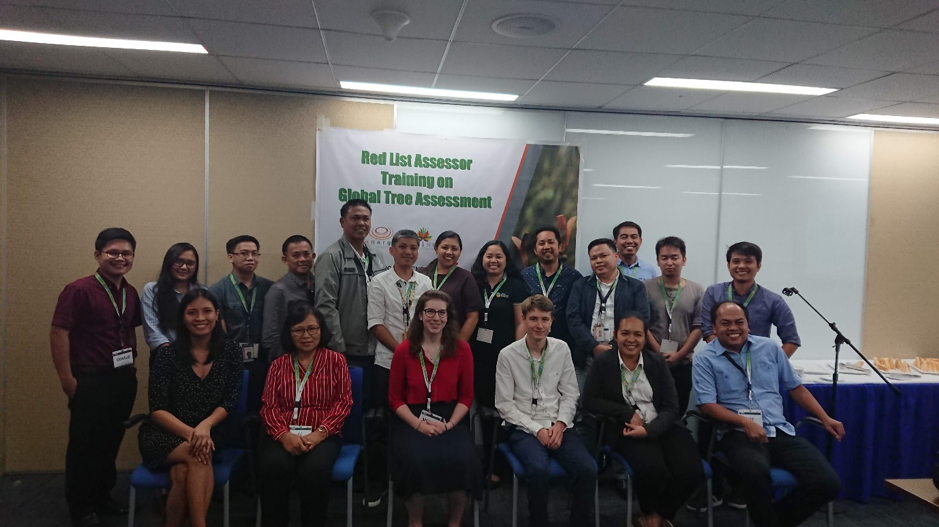
To launch the project, BGCI and EDC took part in a Memorandum of Agreement (MOA) signing at the EDC headquarters in Ortigas City, Manila. This was followed by a day and a half red list training workshop. The workshop was attended by forestry experts from different institutions in the Philippines, including EDC staff based at different sites across the Philippines, from Negros Oriental in the East to Mount Antipolo in the North. Attendees were also from the Philippine Native Plants Conservation Society, Forest Foundation Philippines and the Department of Environment and Natural Resources.
Participants learnt how to apply the IUCN Red List Categories and Criteria, equipping them with the skills to complete their own assessments for trees and thus building conservation prioritisation capacity in the Philippines. The Philippines GTA workshop marks the fourth training workshop BGCI has coordinated already in 2019, with three more planned before the end of the year.
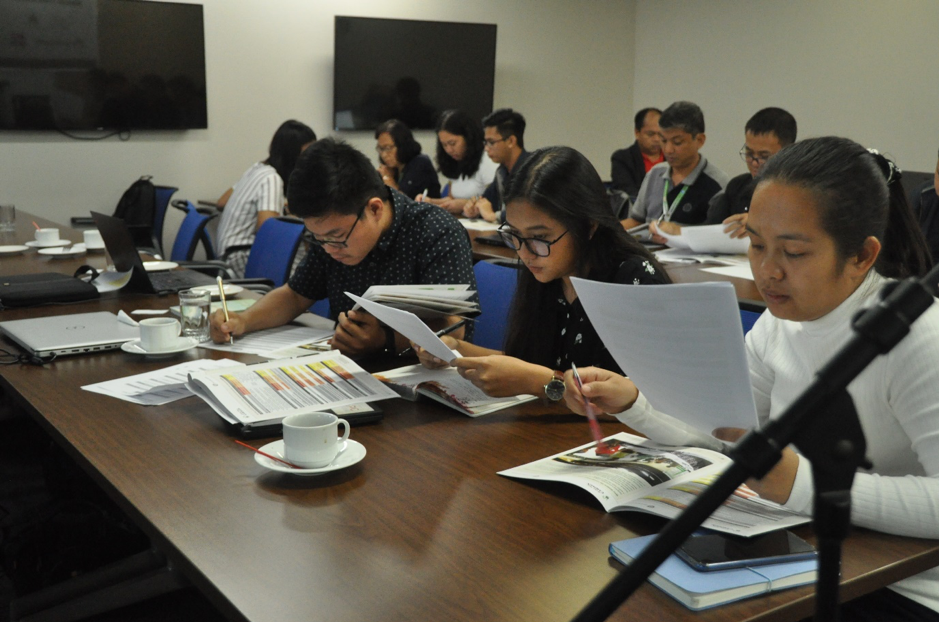
EDC has been leading conservation efforts for threatened trees in the Philippines for decades. In 2008, they launched BINHI, a nationwide greening program that aims to restore denuded forest and to preserve and protect threatened Filipino trees. This includes their Trees for the Future project, which prioritises conservation efforts for the 96 most threatened tree species in the Philippines. Activities include surveying remaining populations of the trees, collecting wildlings, establishing ex situ collections in hedge gardens and nurseries, and growing trees in safe sites such as parks and schools. The project also includes updating conservation assessments for these tree species, using the data gathered throughout the project. The work of BINHI already aligns with GTA (and the Global Trees Campaign), but through the EDC-GTA partnership they will be able to expand their assessment efforts to assess 800 native tree species over the next two years. Therefore, furthering the conservation efforts directed towards at-risk trees, whilst raising international awareness of threatened trees in the Philippines.
EDC-BINHI have arboreta and nurseries across the country, protecting priority tree species in ex situ collections while also protecting trees in situ in their geothermal, watershed sites. While in Manila, BGCI were also afforded the opportunity to visit some of these sites; the EDC-BINHI Vegetative Material Reproduction (VMR) nursery in Antipolo and the University of the Philippines at Los Banos (UPLB)-EDC BINHI Biodiversity Park. They were even able to plant their own trees, including a threatened species of Xanthostemon and Dipterocarpaceae only found in the Philippines!
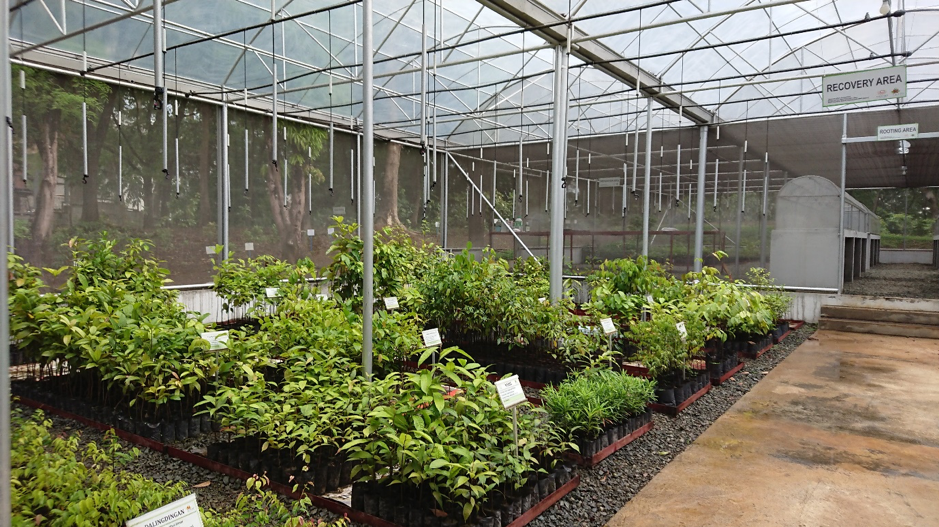
The VMR nursery uses state of the art misting irrigation to mimic the natural habitat conditions of the tree species, increasing the survival rate of seedlings and cuttings. The nursery site also has hedge gardens, grown from collected wildlings of a selection of the 96 priority tree species. Cuttings taken from hedges are then propagated for restoration. Some wildlings have already been moved and grown for future security at the 2.5 hectare UPLB-EDC BINHI Biodiversity Park, an arboretum home to individuals of all 96 threatened tree species covering 19 tree families. Following this methodology, BINHI has already produced 20 propagation protocols for threatened trees in the Philippines and reforested over 9,000 hectares of disturbed habitat.
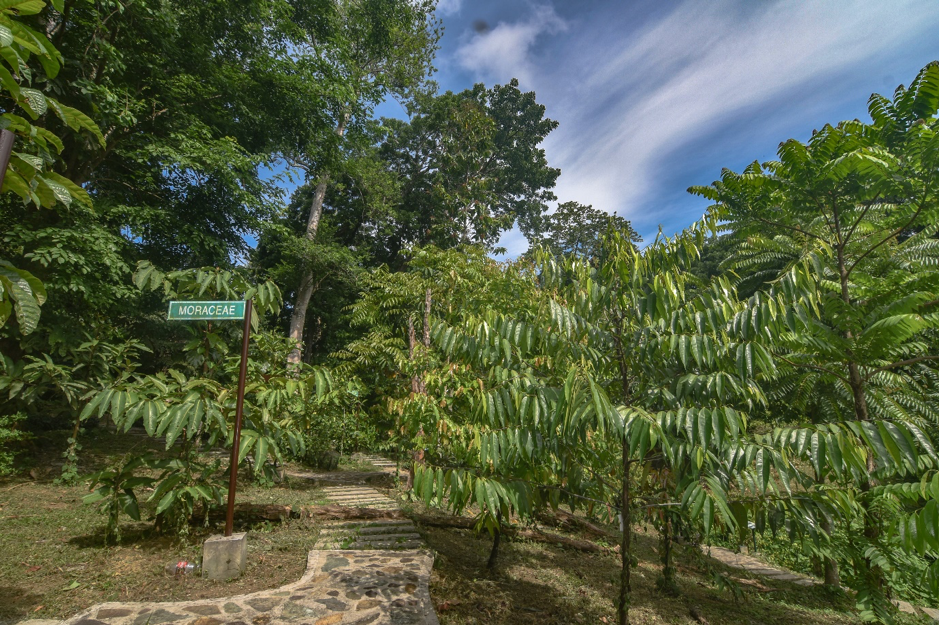
EDC is already protecting many tree species in the Philippines and we are excited to work with their team of experts for GTA. This is a true opportunity to collaborate and learn from each other to save threatened tree species.


